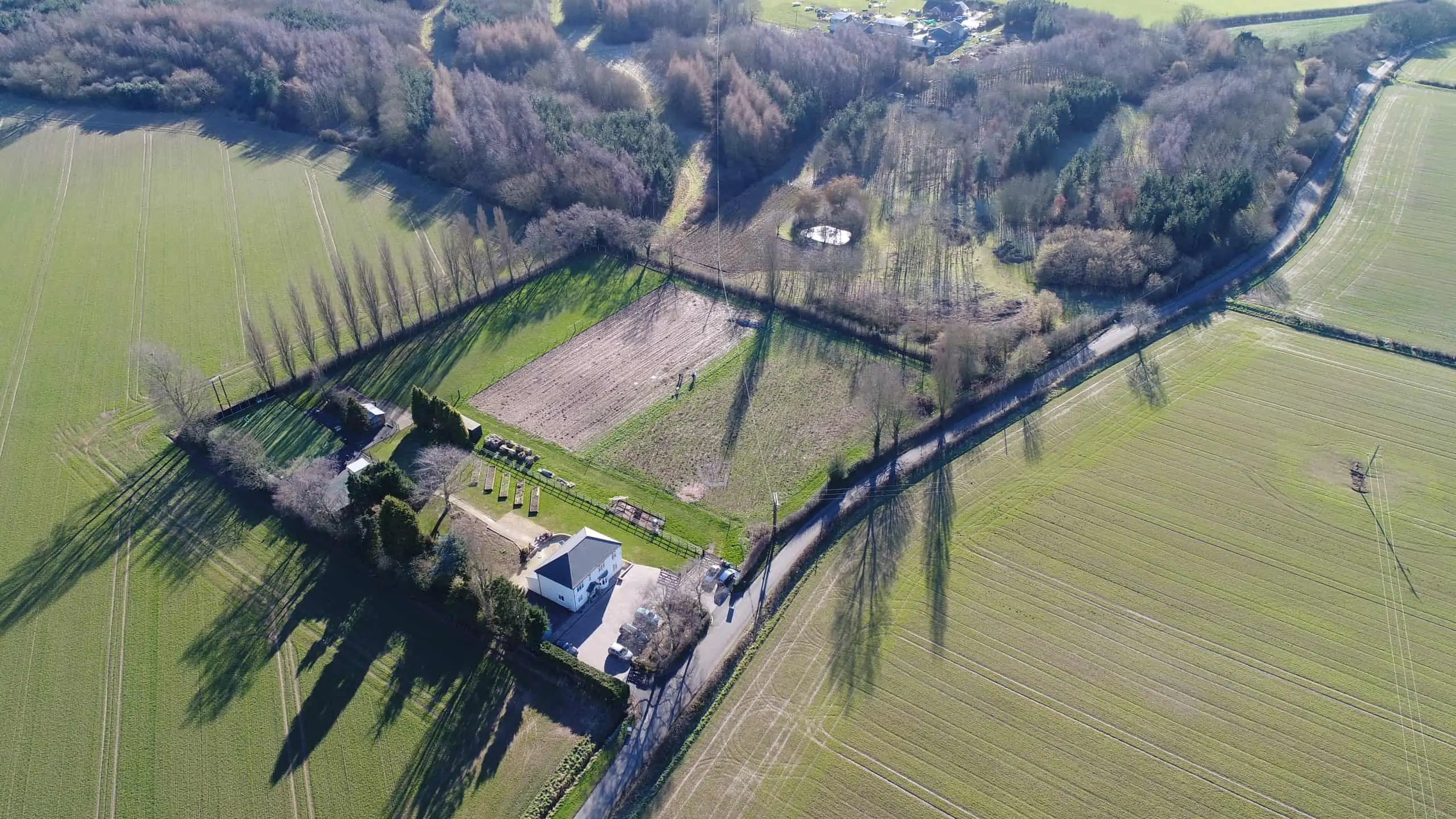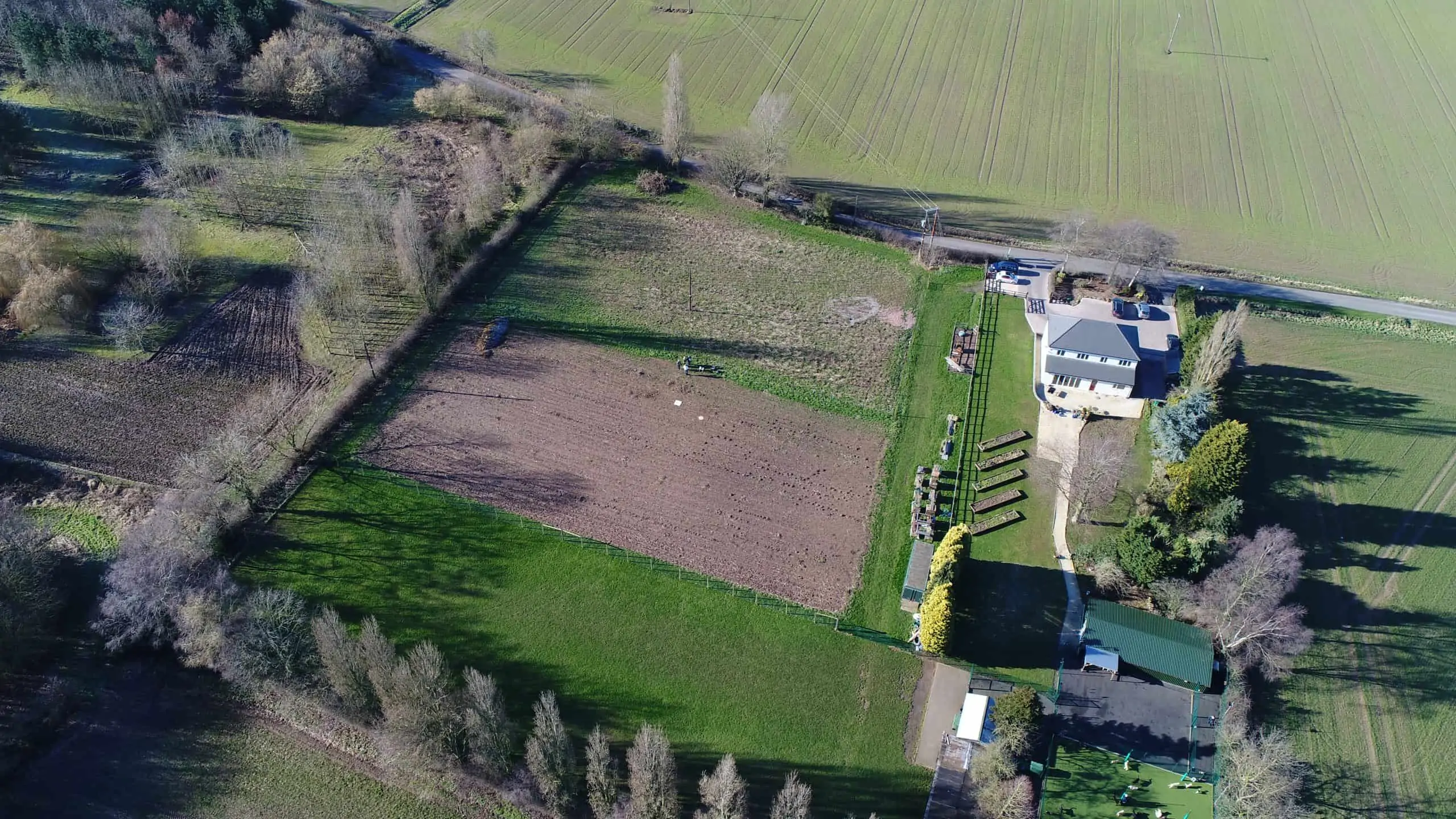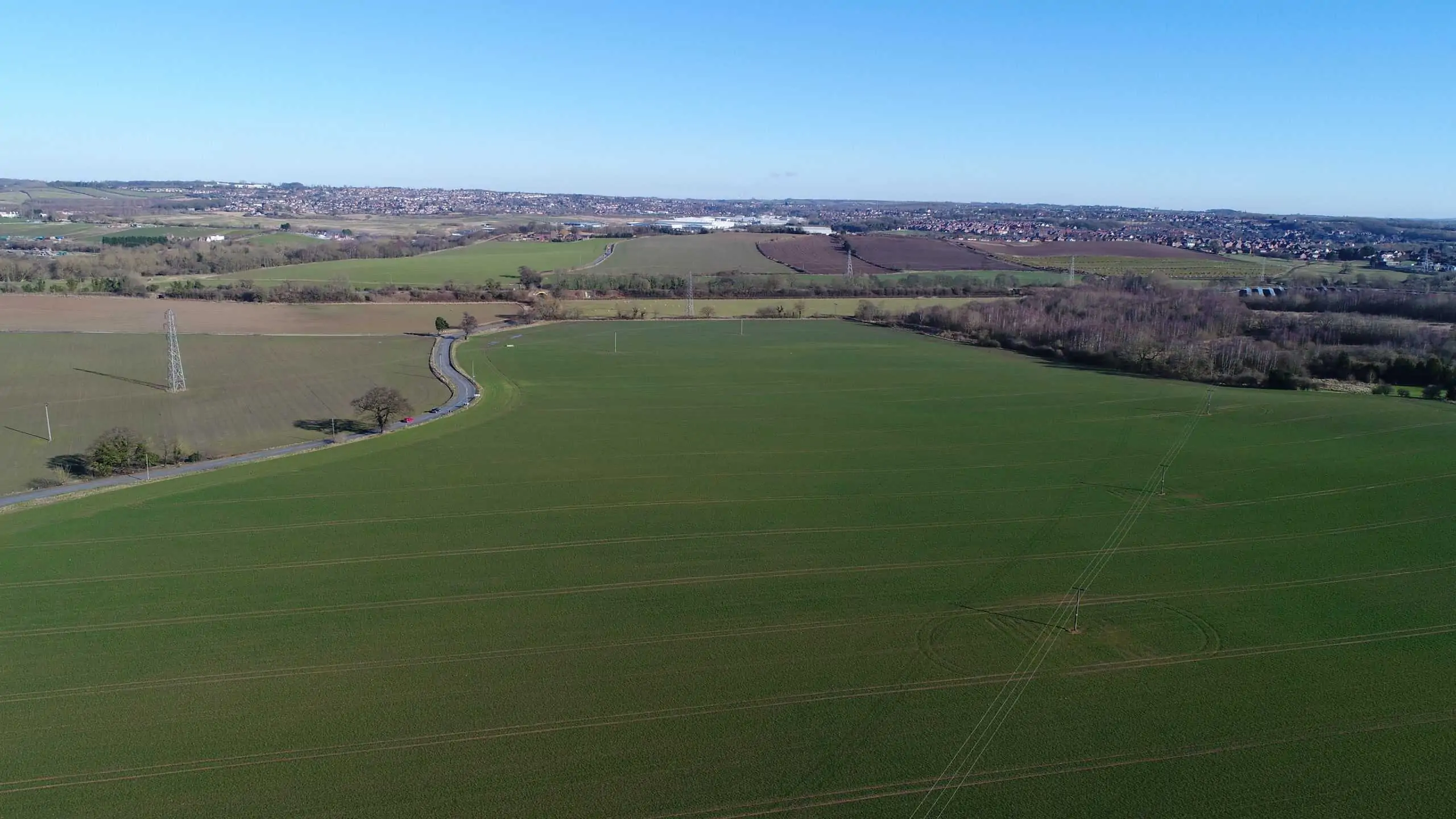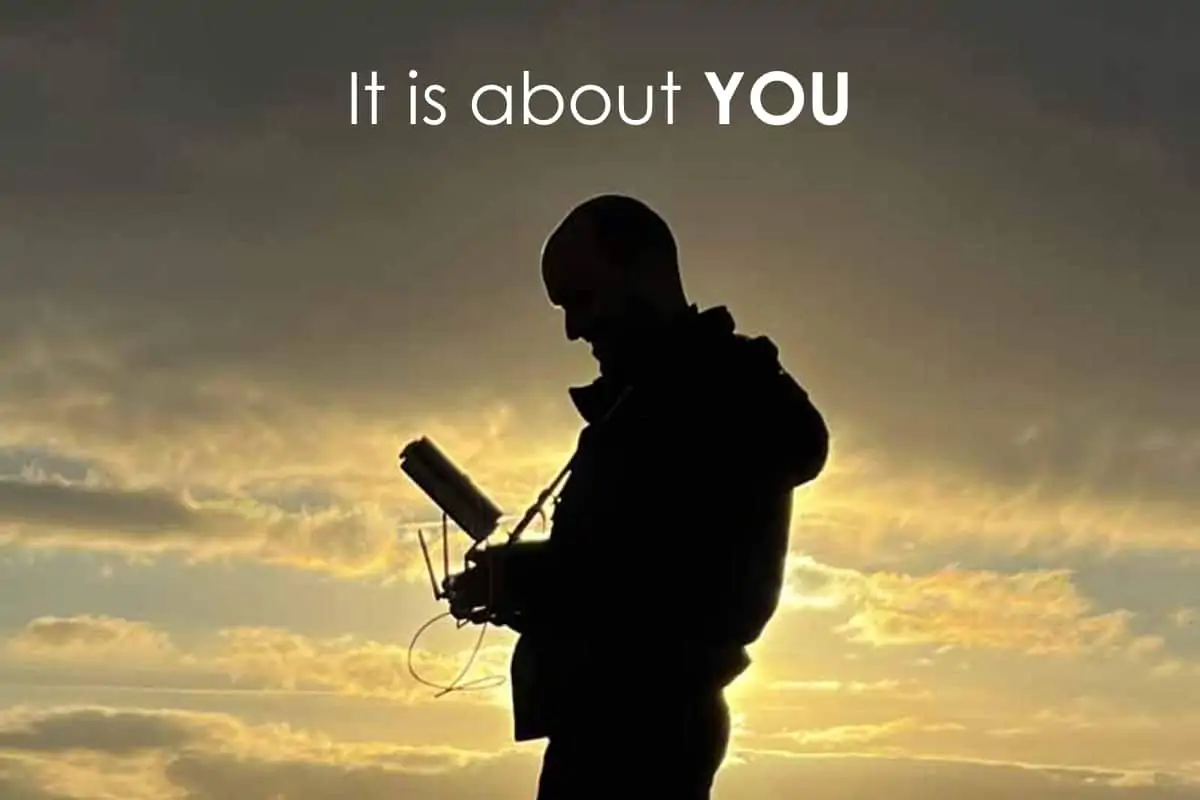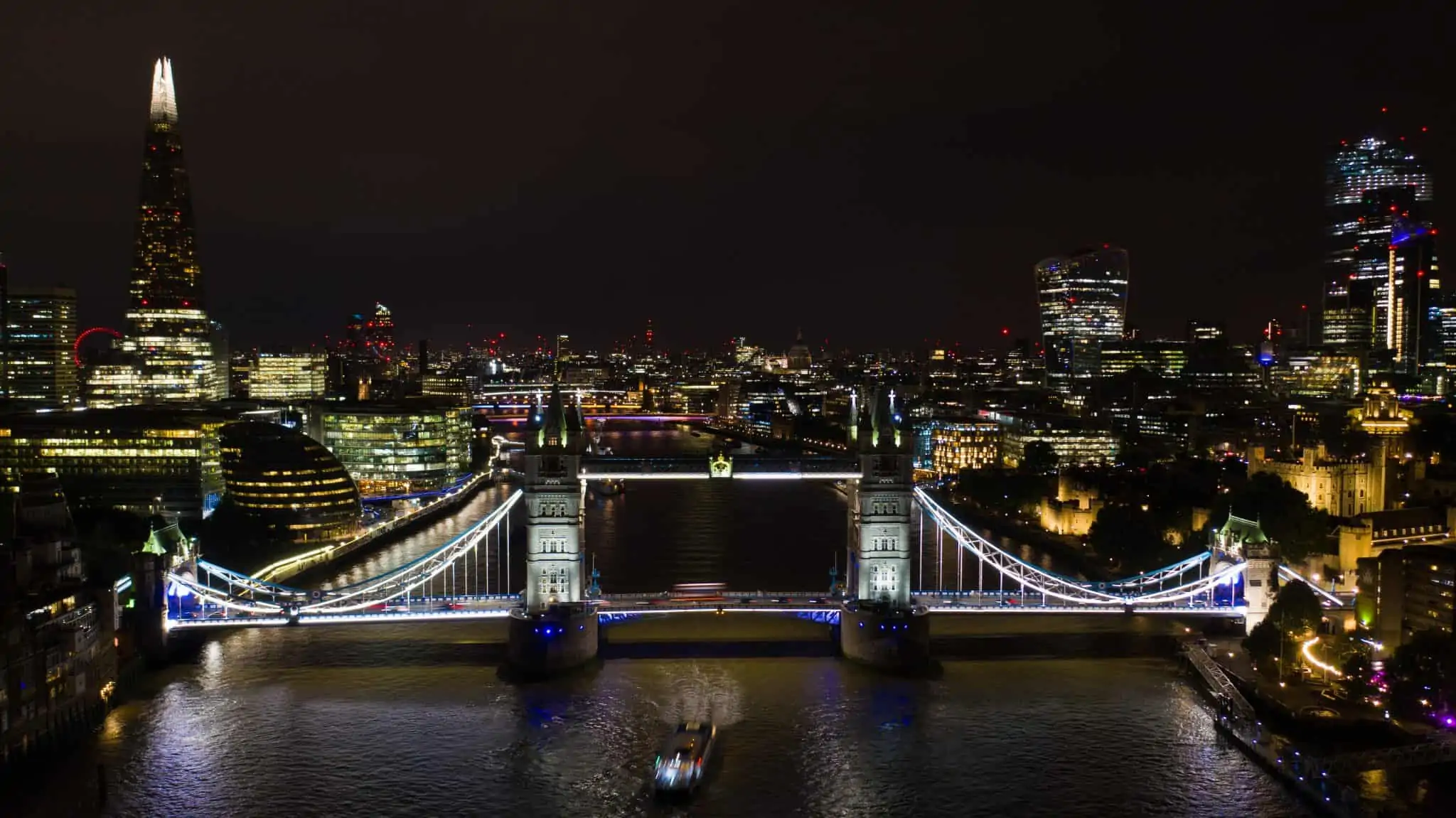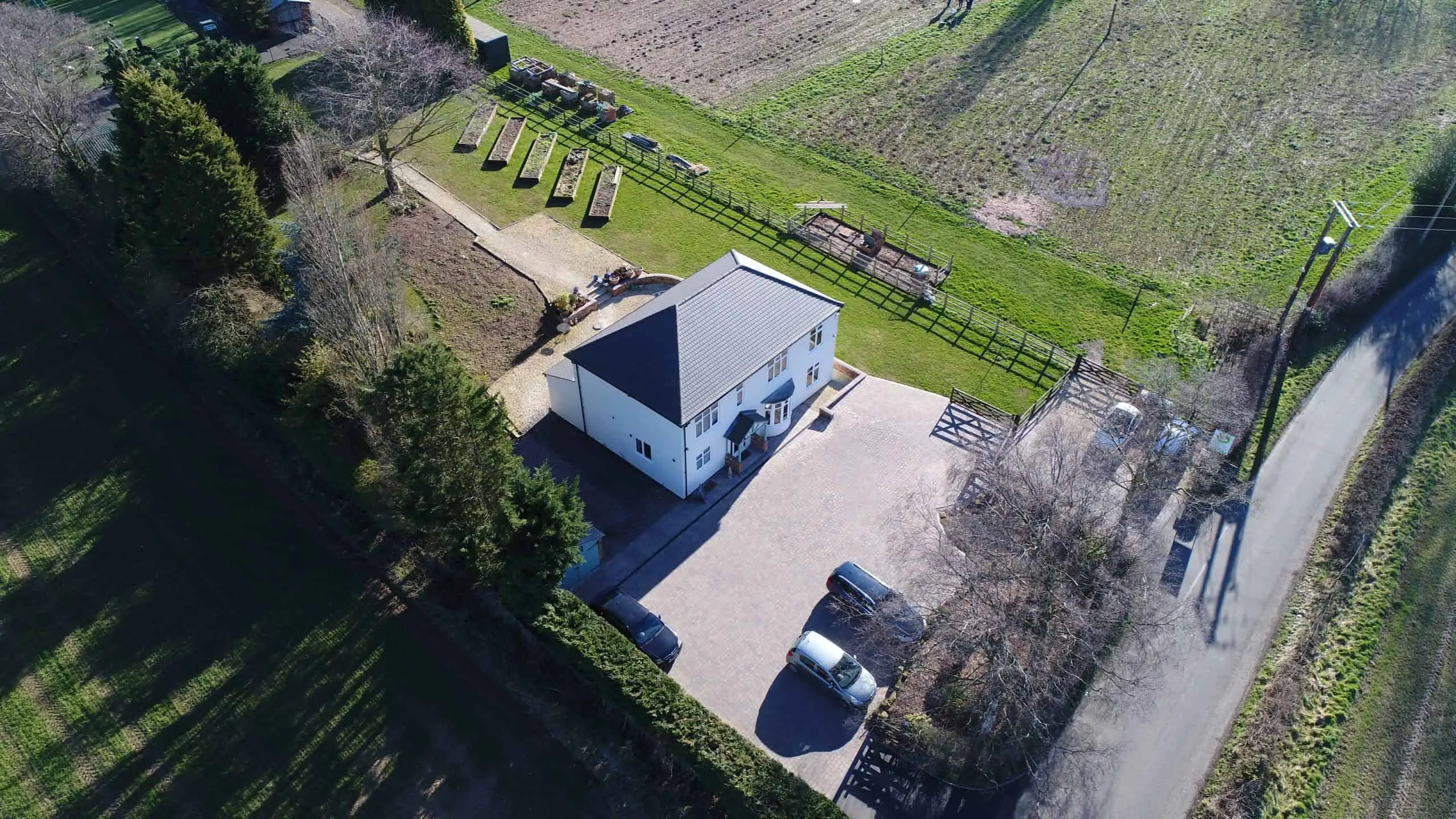
- 15.08.18
Having just delivered Phantom Flight School’s first bespoke on-site PfCO course I have to say that I’m really pleased with how it went and more importantly the high calibre of the Remote Pilots at the end of the course.
In this instance we had a corporate client who had invested in a DJI Phantom 4 Professional Obsidian and wished to have 3 members of staff covered on the same PfCO in order to carry out photographic and video inspections along with the generation of Point Clouds through photogrammetry.
It therefore made sense to deliver the classroom elements in a meeting room at the client’s premises and to conduct the hands-on flying training and Practical Flight Assessments at a Flying Site within a short drive from their location.
The Course kicked off with a revision session covering the eight modules that comprise Ground School, that had already been studied by the Course participants online. It was clear all three had invested sufficient time in advance of the Course to really absorb the information available to them. This meant we were able to devote time to drilling down into areas of the syllabus of particular interest to them, which is what it is all about. All three went on to score very well in the Theory Test. Indeed, one of them got 99%!
We then went out for our first Flying Session, where I was able to assess everybody’s standard, and formulate a plan for just what training and practice was required over the remainder of the Course. Happily, I observed no major issues here but it was very cold, with some snow on the ground, so we finished our day by making a start on jointly authoring the Company’s Operations Manual.
The next day, while we waited for the temperature to rise above freezing, we looked at a Pre-Deployment Site Survey and a Risk Assessment before venturing outside.
At this point I decided to replicate my early PPL experience and I got them all flying circuits. Not quite the Cessna “touch and go’s” that I had had to repeat ad nauseam, but rather, a “standard take-off” followed by one of the required “squares” and then a “standard landing”.
Flying in opposite directions we were able to fly two P4Pro’s at the same time, rotating pilots and really drilling best practice into all three. After 10 batteries everybody was significantly more confident and competent with their flying, so it was time to get back into the warm, put the batteries on charge, and spend some more time on the Operations Manual as well as looking at Mission Planning using some real-life scenarios.
Day three we were out flying again first thing. Then it was time to finalise their Operations Manual, revisit Pre-Deployment Surveys, Risk Assessments (Initial & Dynamic) and have another look at useful apps & websites such SkyDemon, Google Earth/Maps, NATS, UAV Forecast, Dark Sky, MetOffice, etc
Lunch was followed by the Practical Flight Assessments, which all went very well, and then a final classroom session going over how to complete their SRG1320 application for their PfCO. All of which meant that at the end of three days, all three were in a position to submit their PfCO applications to the CAA.
Comparing that with the months it can take people to get to the same place with other training organisations, Clive (one of the candidates) said “We have been so impressed with the way PFS delivered this Course. It has been interesting, thought-provoking, rewarding, and incredibly well organised. I can’t recommend PhantomFlightSchool and their Radically Better PfCO Course highly enough”.

